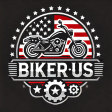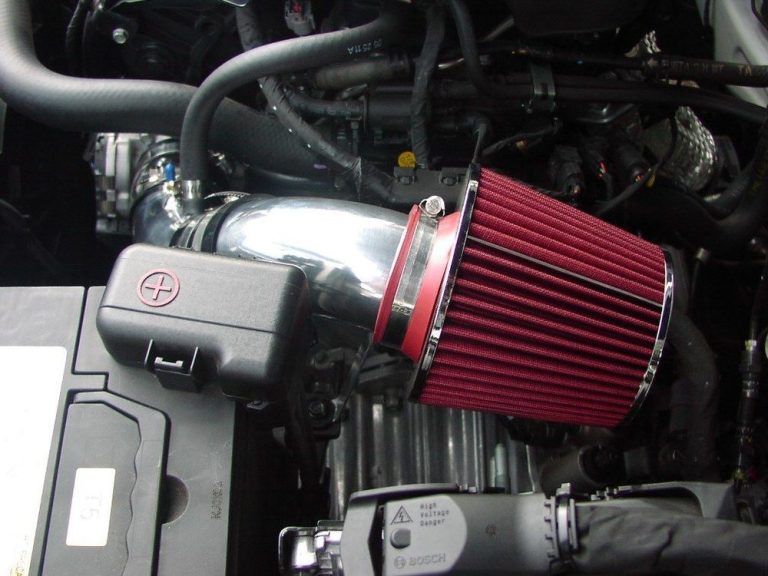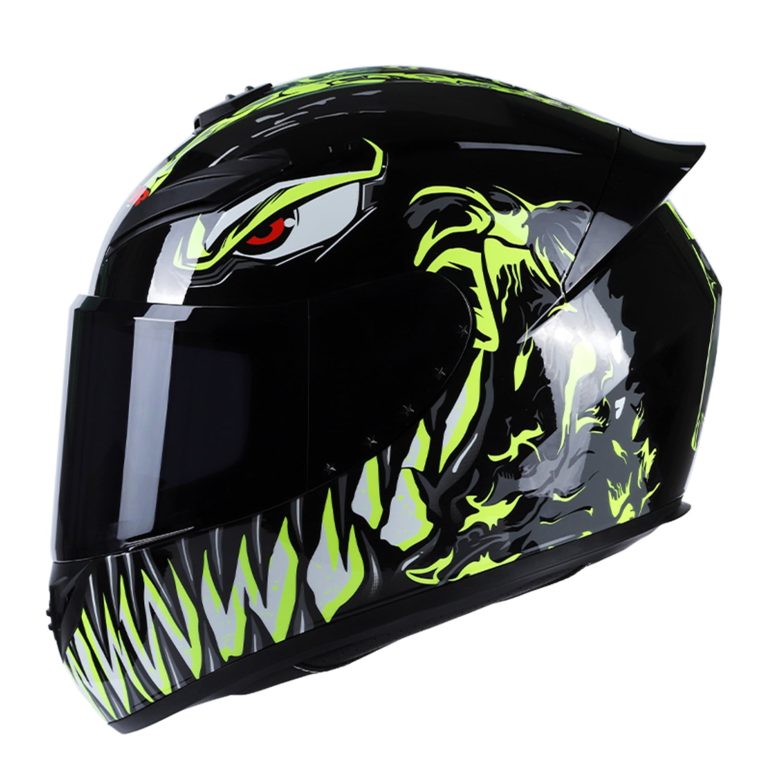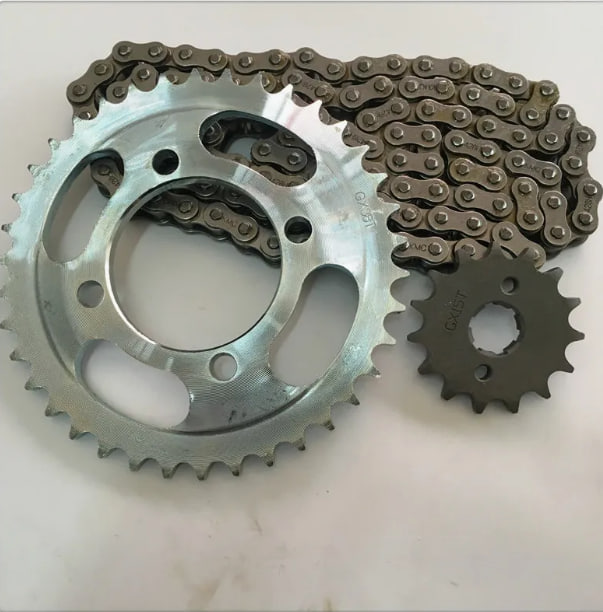How to Choose the Right Tires for Your Motorcycle
Introduction to Motorcycle Tires
Motorcycle tires are one of the most critical components of your bike, directly affecting your handling, comfort, and safety. Choosing the right tires for your motorcycle involves understanding the different types available, considering your riding style, and knowing how various tire features impact performance. This guide will help you navigate the world of motorcycle tires, ensuring you make the best choice for both your bike and your needs.
1. Understanding Motorcycle Tire Types
Different types of motorcycle tires are designed to handle various terrains, weather conditions, and riding styles. Knowing the purpose of each tire type can help you make an informed choice.
a. Street Tires
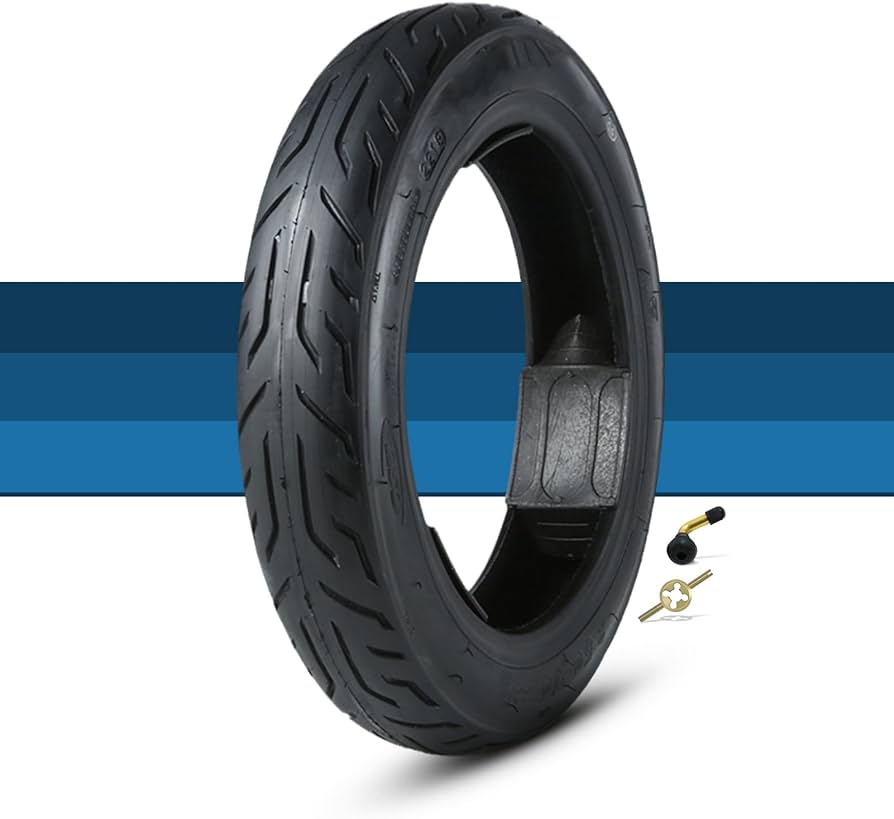
Street tires, also known as road tires, are designed for paved surfaces, offering stability, grip, and durability. They usually feature a tread pattern optimized for smooth roads, providing a balance between performance and comfort.
- Best For: City riding, commuting, and highway touring.
- Features: Shallow tread patterns for road contact, optimized for wet and dry pavement.
b. Sport Tires
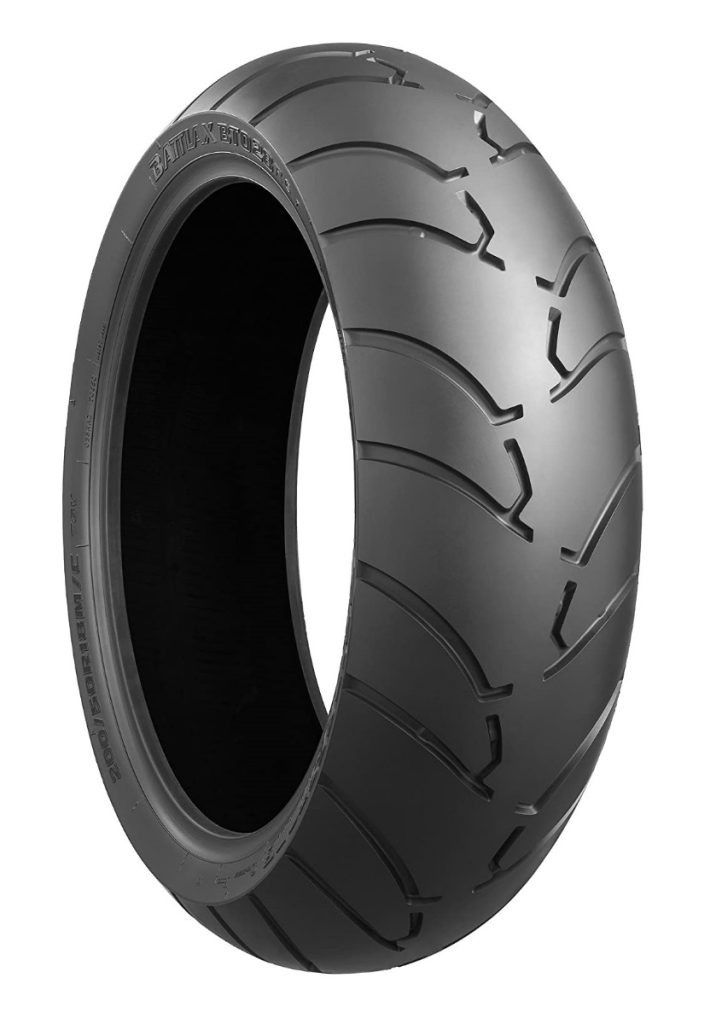
Sport tires are designed for high-performance riding and are often found on sport bikes. They provide excellent grip and handling, especially in dry conditions, and are crafted to handle the demands of high-speed riding.
- Best For: Sport and superbikes, high-speed performance riding.
- Features: Softer rubber compounds for increased traction, suitable for dry pavement but wear faster than other types.
c. Touring Tires
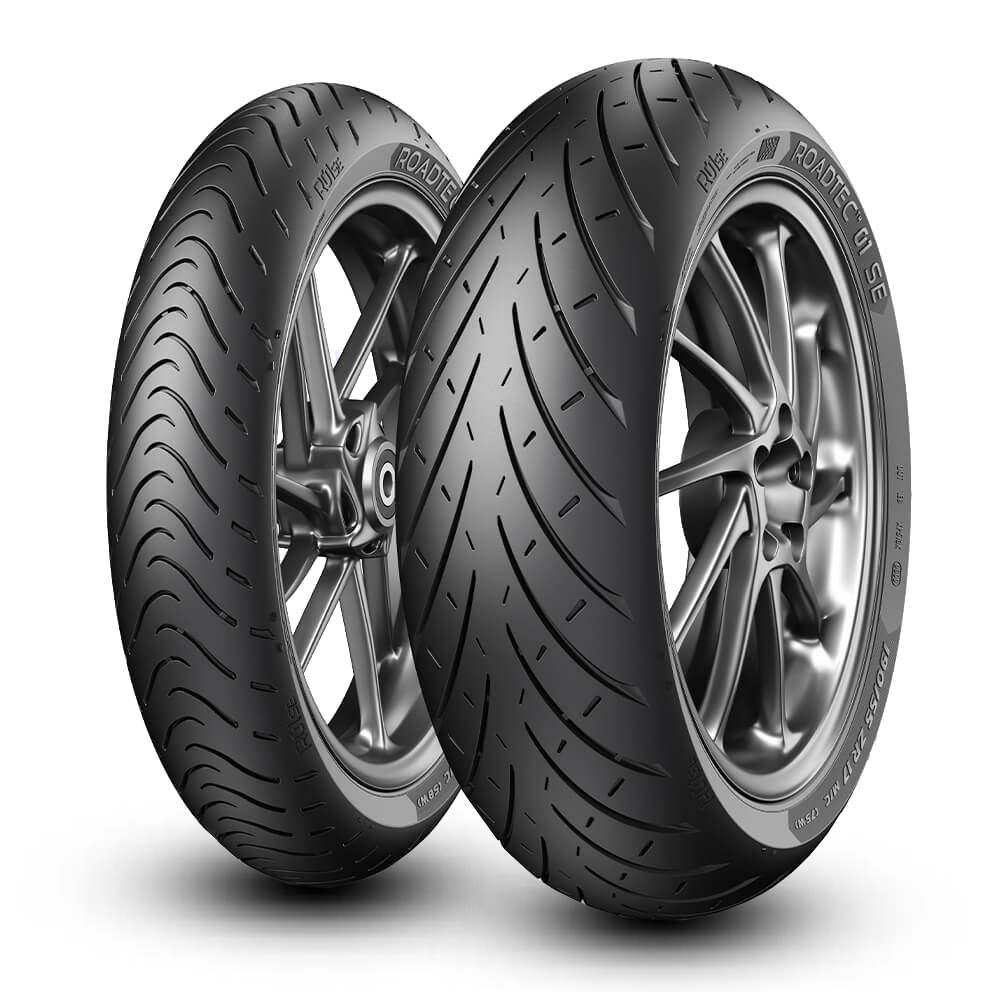
Touring tires are built for long-distance rides, offering durability and comfort. They’re designed to handle various road conditions, making them ideal for both city streets and highways.
- Best For: Long-distance touring and adventure motorcycles.
- Features: Harder rubber compounds for longevity, deeper treads for wet-weather performance.
d. Dual-Sport Tires

Dual-sport tires are versatile, designed for both on-road and light off-road use. They offer a balance between grip on pavement and traction on loose surfaces, making them ideal for adventure bikes.
- Best For: Adventure and dual-sport bikes, mixed road and trail use.
- Features: Aggressive tread patterns for traction on unpaved roads, while still maintaining grip on pavement.
e. Off-Road Tires
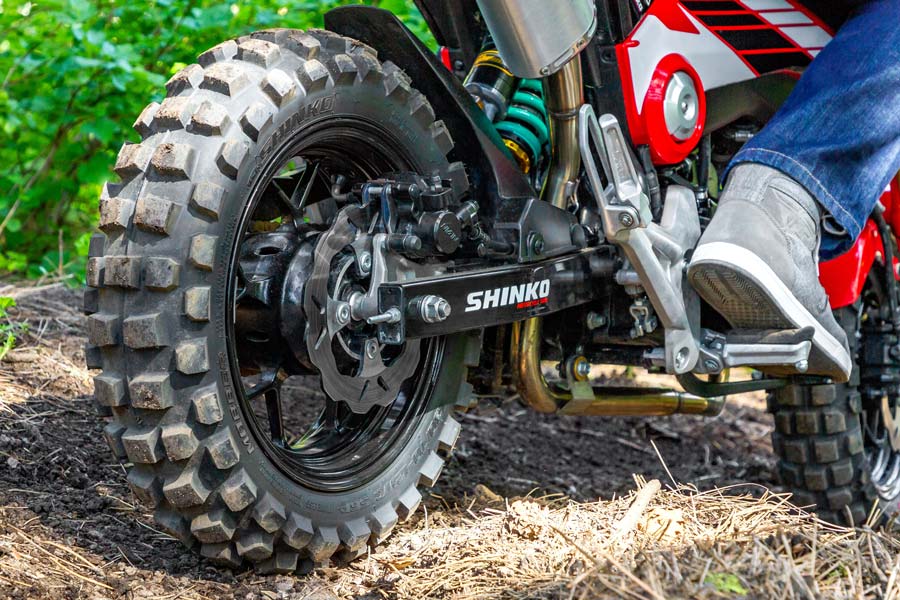
Off-road tires, also called knobby tires, are designed exclusively for unpaved surfaces. Their deep, widely spaced treads offer excellent grip on mud, sand, and loose gravel but are not suitable for pavement.
- Best For: Dirt bikes, trail riding, and motocross.
- Features: Large, deep treads to prevent clogging with mud, optimized for grip on soft surfaces.
2. Key Factors to Consider When Choosing Motorcycle Tires
a. Tire Size
Choosing the correct tire size is essential for safety and performance. Tire dimensions are specified by the manufacturer and typically include width, aspect ratio, and rim diameter. Check your bike’s manual to find the recommended tire size for both the front and rear.
- Example: A tire marked as 120/70ZR17 indicates a 120mm width, 70% aspect ratio, and 17-inch rim diameter.
- Tip: Always use the recommended size, as incorrectly sized tires can impact handling and stability.
b. Tire Compound
The tire compound (or rubber hardness) affects the tire’s durability, grip, and performance. Softer compounds offer better traction but wear out faster, while harder compounds last longer but may sacrifice some grip.
- Softer Compound: Ideal for sport and performance riding, but wears quickly.
- Harder Compound: Suitable for touring and commuting, offering longer tread life.
Tip: Choose a tire compound based on your riding frequency and style; high-mileage riders may prefer a harder compound for longevity, while weekend riders may enjoy the grip of a softer tire.
c. Tread Pattern
The tread pattern impacts traction and handling, especially in wet or off-road conditions. Tires with deeper, wider grooves are better for wet roads and loose surfaces, while smoother treads perform better on dry pavement.
- Slick Tires: For maximum traction on dry surfaces, often used in racing.
- Grooved Tires: Provide water channeling for better grip on wet roads.
Tip: For all-weather riding, choose tires with a balanced tread pattern to ensure grip in both dry and wet conditions.
3. Riding Style and Conditions
Your riding style and typical riding conditions play a significant role in determining the best tire type for you.
a. Commuting and City Riding
If you primarily use your bike for daily commuting, consider street or touring tires that offer durability, comfort, and fuel efficiency.
b. Performance and Track Riding
Sport or performance tires with a softer compound and shallow tread are ideal for riders who frequent the track or enjoy aggressive riding.
c. Long-Distance Touring
Touring tires are best for long trips, offering comfort and durability to withstand hundreds of miles. Look for models with a harder compound for extended tread life.
d. Off-Road Adventures
For off-road or dual-sport riding, opt for dual-sport or off-road tires that provide the necessary grip and stability on uneven surfaces. Knobby tires are a must for those planning to ride exclusively on trails or dirt roads.
4. Tire Maintenance Tips for Maximum Performance
Proper maintenance ensures your tires perform optimally and last as long as possible.
a. Check Tire Pressure Regularly
Under-inflated or over-inflated tires can reduce grip, increase wear, and negatively impact handling. Always maintain the manufacturer’s recommended tire pressure, checking it at least once a week or before long rides.
b. Inspect for Tread Wear
Worn treads reduce traction and are dangerous, particularly in wet conditions. Replace tires when tread depth falls below the minimum recommended level, typically 1.5-2mm for street tires.
c. Balance and Align Tires
Regular tire balancing and alignment improve ride quality and prevent uneven tire wear. Misaligned tires can cause vibration and instability, especially at higher speeds.
d. Keep Tires Clean
Dirt and oils can degrade rubber over time. Wash your tires with mild soap and water periodically to remove any debris and keep the rubber in good condition.
Tip: Invest in a good tire gauge and inspect your tires for any visible cuts, cracks, or punctures before each ride.
Popular Motorcycle Tire Brands to Consider
Several brands stand out in the motorcycle tire market, offering quality products for different riding needs:
- Michelin: Known for their sport and touring tires with innovative tread designs and durable compounds.
- Pirelli: Popular for high-performance and racing tires with excellent grip and handling.
- Bridgestone: Offers a wide range of options, from touring to dual-sport and off-road tires.
- Continental: Known for adventure and touring tires with a reputation for longevity and all-weather performance.
- Dunlop: A reliable choice for sport and street tires, frequently used in racing and high-performance applications.
Conclusion: Choosing the Right Tires for Your Motorcycle
Selecting the right tires for your motorcycle depends on understanding your bike, riding style, and typical riding conditions. By choosing the right type, compound, and tread pattern, you can maximize safety, improve handling, and ensure a comfortable ride. Remember to regularly check tire pressure, inspect tread wear, and keep up with maintenance to get the most out of your tires. With the right tires, your motorcycle will be ready for whatever the road or trail brings, providing you with a safer and more enjoyable riding experience.
Read more